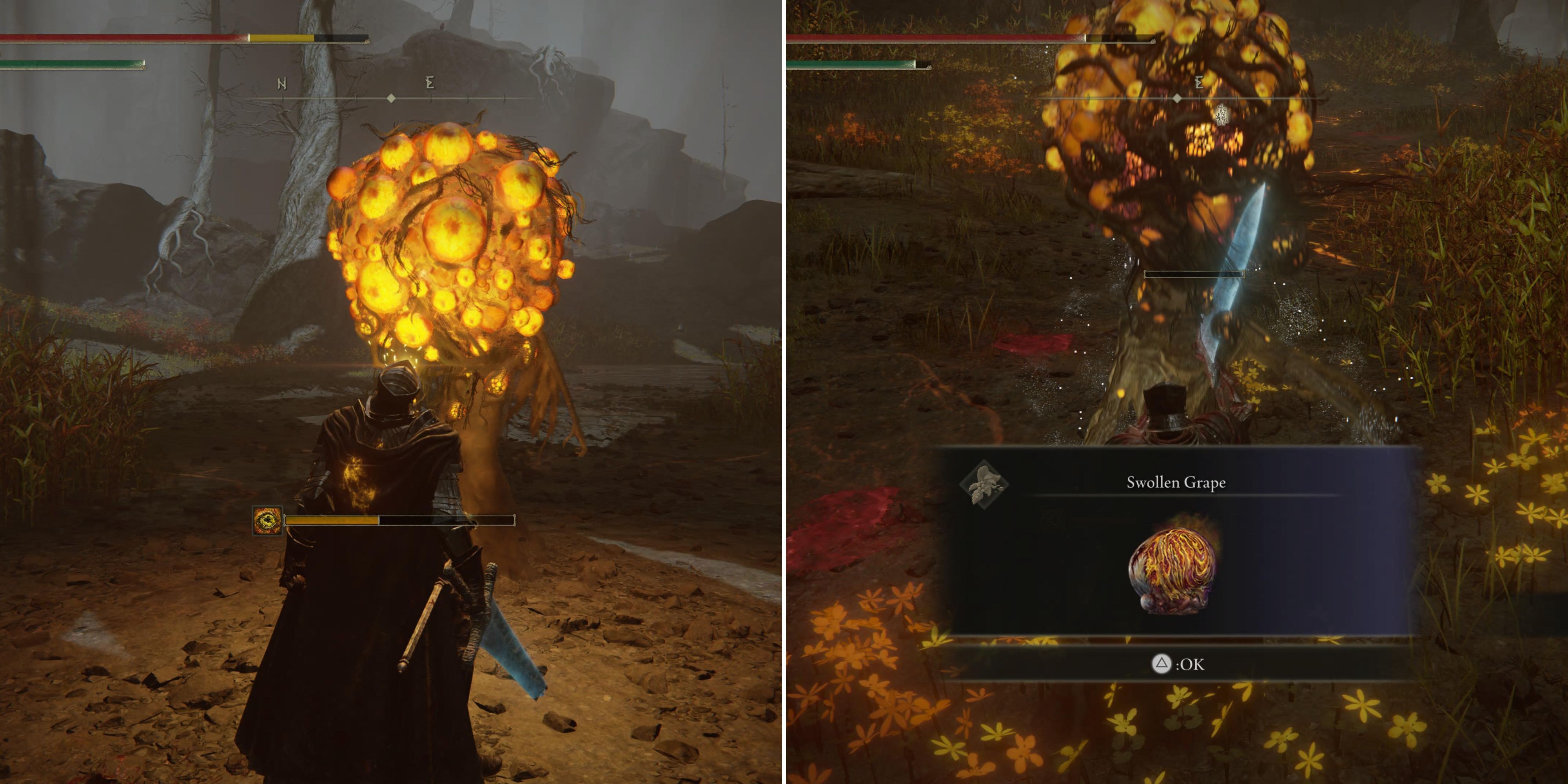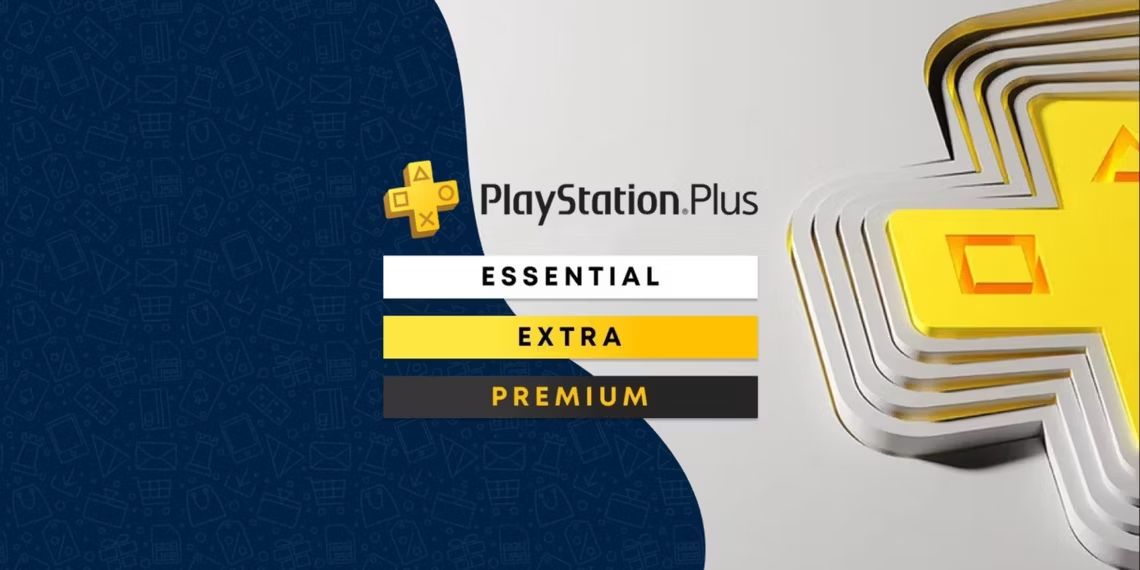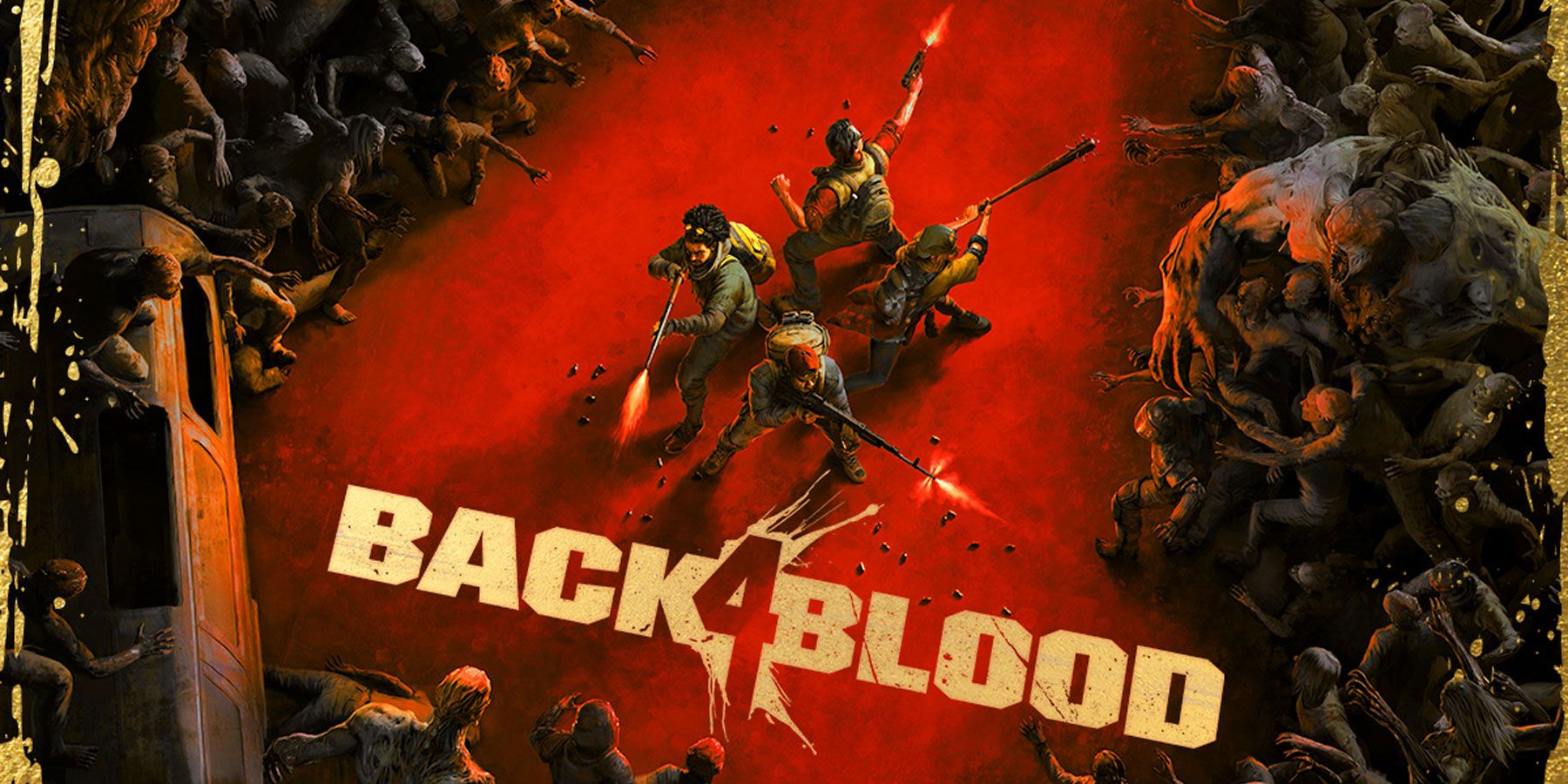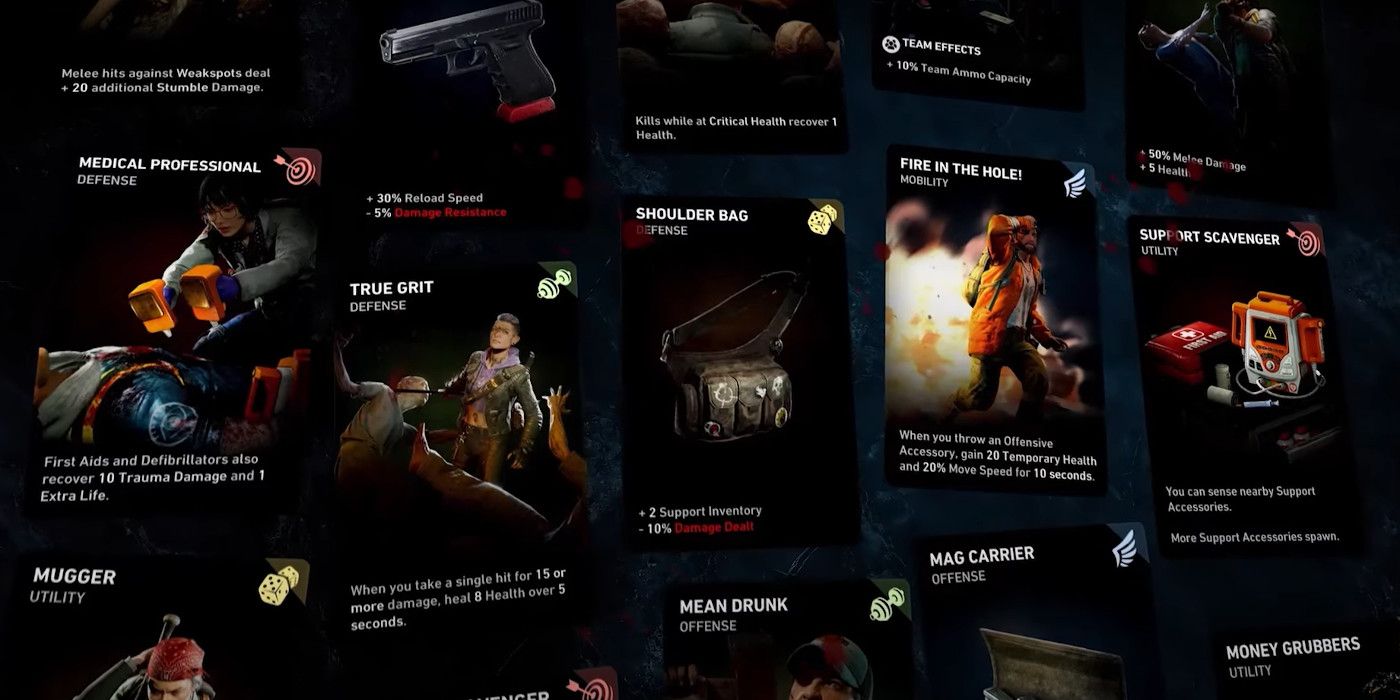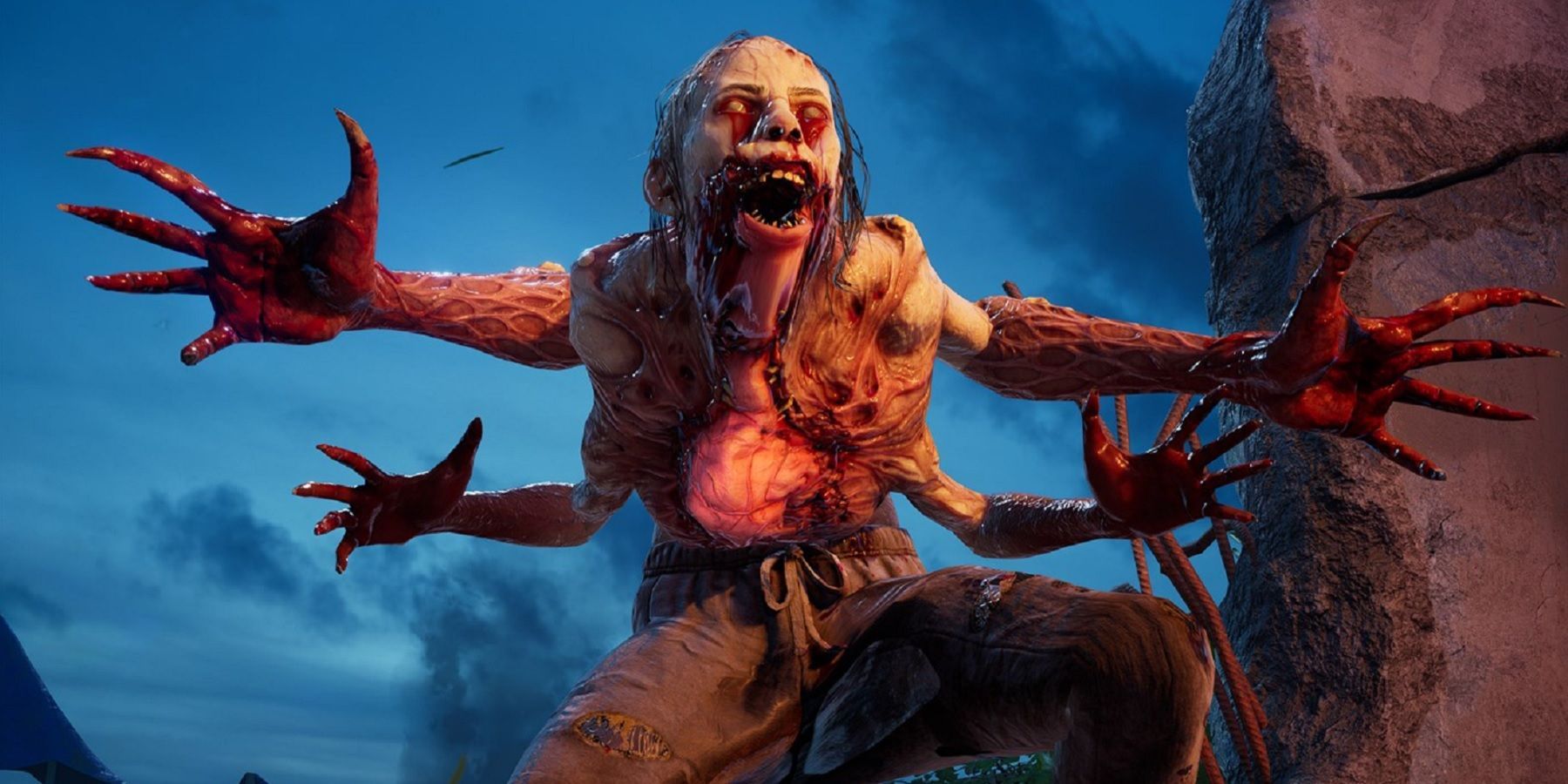Now that Back 4 Blood is finally out, plenty of fans have been rushing into it to rack up kills and cleanse the world of the Ridden. One aspect that may be surprising to those who haven't followed it closely after its initial announcement are the card decks that the game has players draw from at the start of each chapter. Those going in without researching the game might be taken aback, as cards aren't typically included in more traditional zombie shooters, and Back 4 Blood has plenty of different cards that might be confusing to newcomers.
As it's a spiritual successor to the Left 4 Dead games, Back 4 Blood shares a lot in common with the series, but still has its own identity as a zombie shooter experience. While it certainly differentiates itself by adding plenty of new specialized zombies to the mix, one of the most notable changes from Left 4 Dead is Back 4 Blood's reliance on the card system. One of the most important card types that players will be drawing from are Corruption cards, so it's important that players know what they're getting into when drawing from the deck.
Back 4 Blood's Cards Explained
To understand the importance of the Corruption cards, it's important to know what cards do in Back 4 Blood. Essentially, cards alter the gameplay to keep things fresh and make it so that each time a player goes through an act, it's unique in its own ways. Some cards don't alter gameplay in any major way, like cards that simply boost the amount of ammo that the player can carry or ones that cause the player to gain more Copper when they pick some up across the various maps. Those are known as Active cards that enhance the player's ability to fight the Ridden and make it to the end of each level. Corruption cards, on the other hand, completely change the game.
Back 4 Blood's Corruption Cards Explained
There are four different types of Corruption cards that alter different elements of Back 4 Blood: Ridden cards, mutation cards, challenge & reward cards, and event cards. Each type of card changes one thing for the category that it's assigned to and generally makes things more difficult for the player. For example, mutation cards can greatly increase the number of mutated Ridden that the player runs into on a certain map meaning that they'll need to prepare for each situation differently. Cards that alter the Ridden, mutated or not, typically increase the health and damage of specific enemies across the board, making the levels that much more challenging and the hordes that much more relenting.
Challenge & Reward cards are the most simple Corruption cards to deal with for new players, as they simply offer extra challenges for gamers to complete while making it to the next safe zone. If completed properly, then the entire group of Cleaners receives bonus Copper to spend on healing items and weapons at the start of the next level or extra Supply Points. Challenges can be as simple as making sure that all players survive the level, or finishing the level within a time limit. They can also be a little bit more challenging, tasking players with picking up optional items or avoiding things like triggering alarms.
Event cards alter Back 4 Blood's environment in some way that makes each individual level more lethal. For example, Event cards can cause an unusual amount of fog to be present in a map, making it much more difficult to see if hordes are coming. As such, it's best for players to choose their Active cards based on the Corruption cards to ensure better chances of survival.
Back 4 Blood is available now for PC, PS4, PS5, Xbox One, and Xbox Series X/S.


